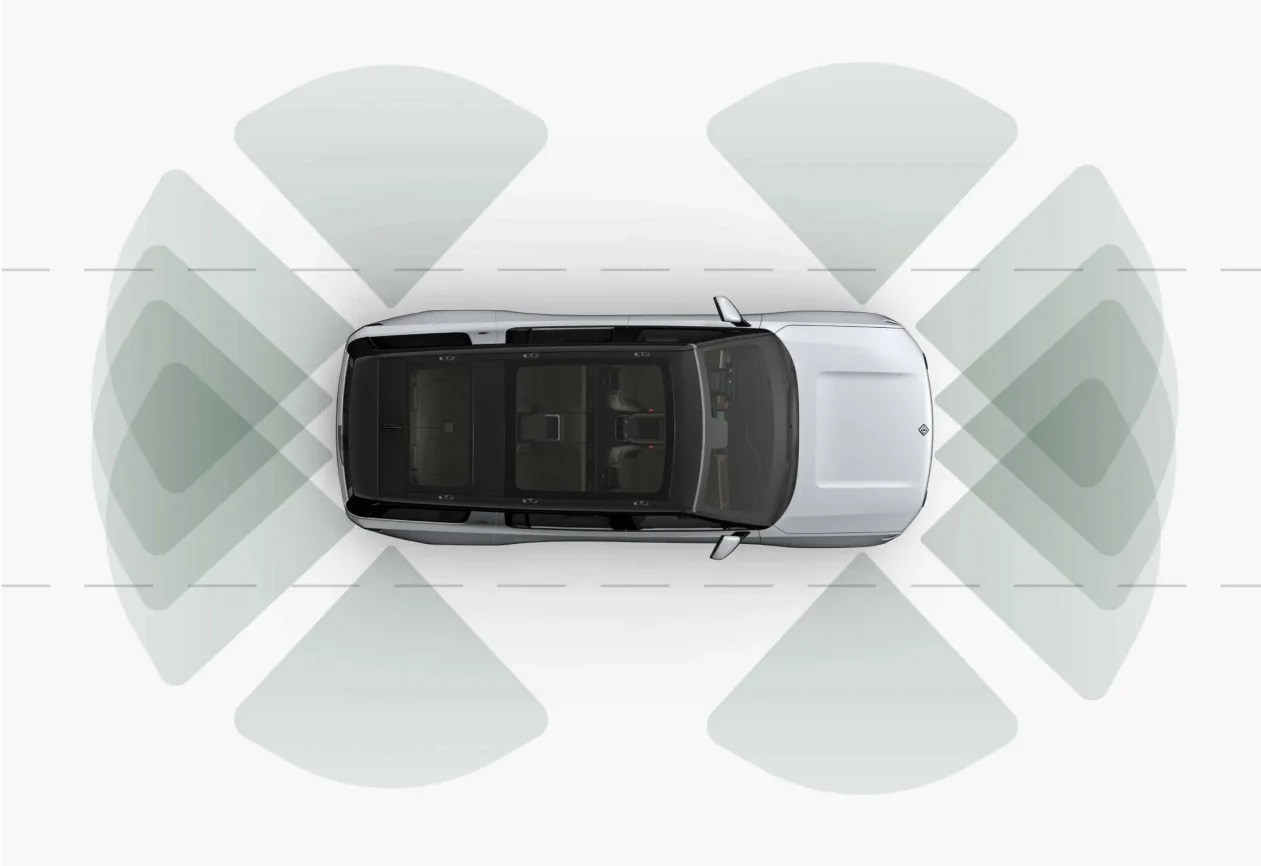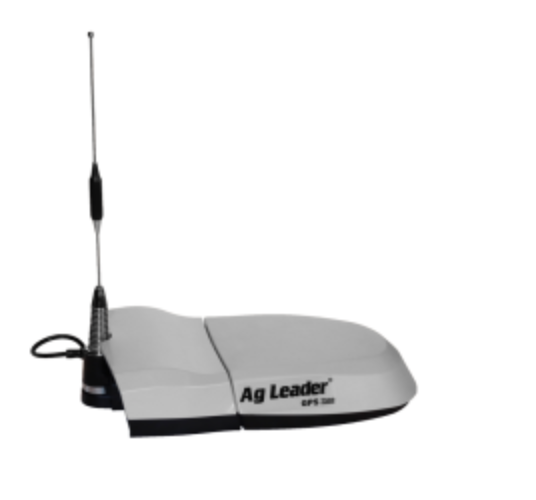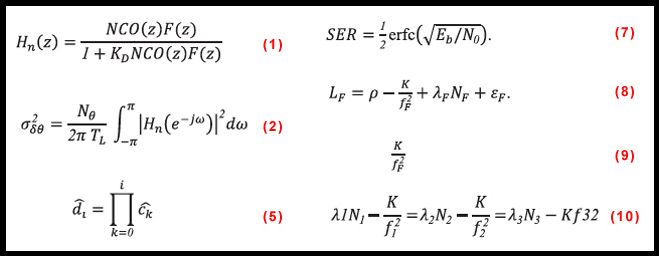The latest safety award for Rivian is an Insurance Institute for Highway Safety for the R1S as a Top Safety Pick+ for 2023. It accomplishes this and other safety advances with its Driver+ ADAS (advanced driving assistance system), which integrates a set of sensors along with driver attention, GNSS, and IMU modules. At AutoSens Detroit 2023, Abdullah Zaidi, Engineering Lead and Senior Manager at Rivian, presented his take on the state and near future of ADAS sensors including the benefits of adding lidar and the importance of better localization sensors for Level 3 systems.
“It is very important for a vehicle to know its location within the geometric space,” he said.
With GNSS modules, he added that proper design of the RF (radio frequency) hardware and antenna are key, with the industry increasingly turning to more RF modalities. Since GNSS signals can get jammed or interfered with on a vehicle, he believes that the RF hardware should be kept separate or designed in a way that it doesn’t see a lot of interference.
The best possible GNSS accuracy is needed.
“The way you get it is by having access to more constellations as well as more frequencies,” he said. “Today, the non-high-precision GNSS generally use [the] L1 band but moving forward there’s a trend that the GNSS suppliers are transitioning towards using all three of them.”
Having access to L1, L2, and L5 bands is key for ADAS systems.
“It’s important to have access to all those frequencies and make sure there are no issues or inaccuracies due to the multipath or one of the frequencies not being available all the time,” he said.
He believes that more work is needed on GNSS redundancy for Level 3.
“Today most of the GNSS receivers aren’t ASIL B-qualified,” said Zaidi. “Moving forward, you would want to know that your GNSS is failing so the other sensors can take over, and that’s where the ASIL B is important.”
For inertial measurement sensors, low bias instability is needed for optimal dead reckoning.
“Vehicles generally dead reckon when you’re going through the tunnel, and the IMU is the one that helps you fail safely,” he said. “So, you have to ensure that your IMUs have a higher accuracy and they don’t drift a lot in the yaw dimension.”
In this regard, he believes MEMS technology is being used effectively for IMUs, but that a promising trend is for companies to move to fiber optics or silicon photonics. Careful consideration must be given to the vehicle packaging location of the IMU for reducing temperature changes and vibrations.
“Otherwise, that impacts the performance of your vehicle staying in the lane,” Zaidi said.
Like with GNSS, redundancy with IMUs is key. “If one of those IMUs fails, then you don’t have a backup to fall to in the scenario where you are aiming for a fail-safe operation,” he concluded.






